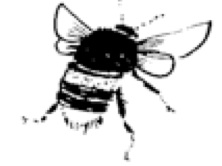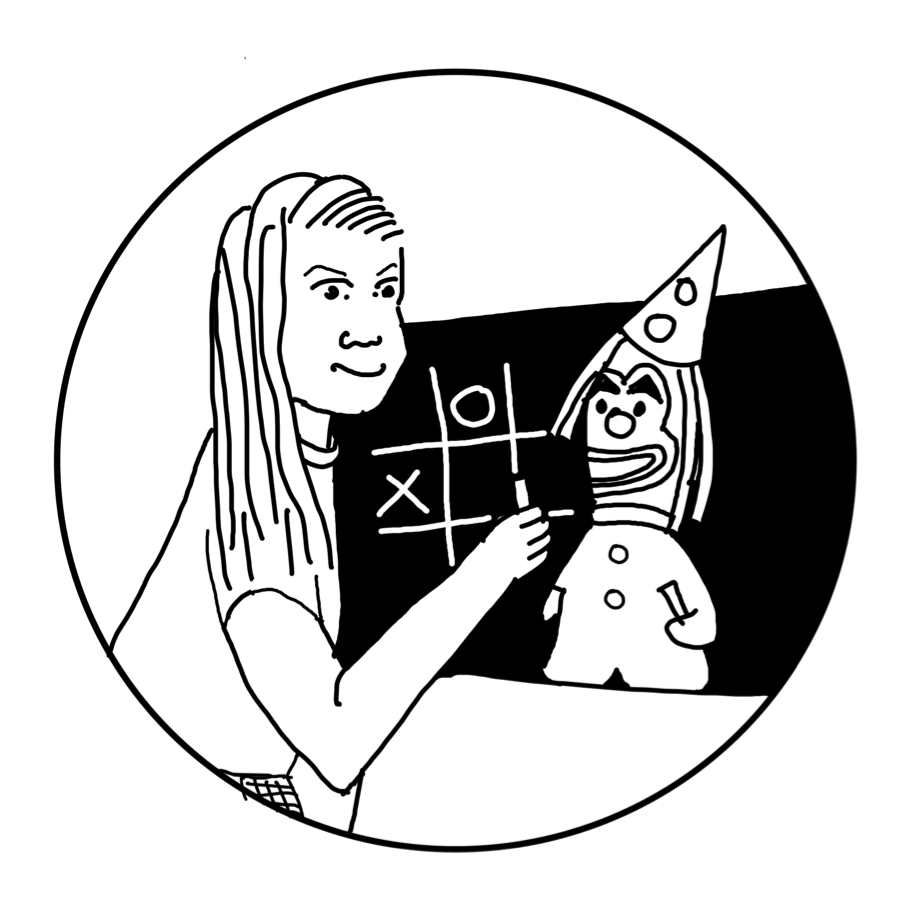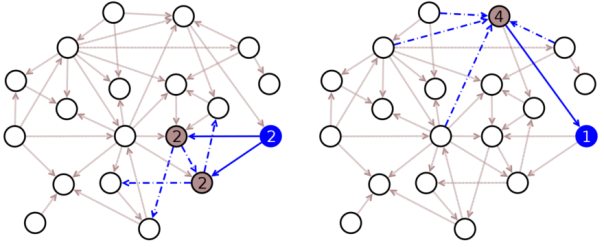Just like us, many insects need a decent night’s sleep to function properly, but this might not be possible if they have been exposed to neonicotinoid insecticides, the most common form of insecticide used worldwide, suggests research by academics at the University of Bristol.
Two studies by scientists at Bristol’s Schools of Physiology, Pharmacology and Neuroscience and Biological Sciences have shown these insecticides affect the amount of sleep taken by both bumblebees and fruit flies, which may help us understand why insect pollinators are vanishing from the wild.
Dr Kiah Tasman, Teaching Associate in the School of Physiology, Pharmacology and Neuroscience and lead author of the studies, said: “The neonicotinoids we tested had a big effect on the amount of sleep taken by both flies and bees. If an insect was exposed to a similar amount as it might experience on a farm where the pesticide had been applied, it slept less, and its daily behavioural rhythms were knocked out of synch with the normal 24-hour cycle of day and night.”
The fruit fly study published today [21 January] in Scientific Reports, allowed the researchers to study the impact of the pesticides on the insect brain.
As well as finding that typical agricultural concentrations of neonicotinoids ruined the flies’ ability to remember, the researchers also saw changes in the clock in the fly brain which controls its 24-hour cycle of day and night.
Dr James Hodge, Associate Professor in Neuroscience in the School of Physiology, Pharmacology and Neuroscience and senior author for the study, added: “Being able to tell time is important for knowing when to be awake and forage, and it looked like these drugged insects were unable to sleep. We know quality sleep is important for insects, just as it is for humans, for their health and forming lasting memories.”
Dr Sean Rands, Senior Lecturer in the School of Biological Sciences and co-author, explained: “Bees and flies have similar structures in their brains, and this suggests one reason why these drugs are so bad for bees is they stop the bees from sleeping properly and then being able to learn where food is in their environment.
“Neonicotinoids are currently banned in the EU, and we hope that this continues in the UK as we leave EU legislation.”
(adapted from University of Bristol press release, published 21st January 2021)
further reading
Tasman K, Rands SA & Hodge JJL (2020). The neonicotinoid insecticide imidacloprid disrupts bumblebee circadian rhythms and sleep. iScience 23: 101827 doi: full text (open access) | pdf (open access)
Tasman K, Hidalgo S, Zhu B, Rands SA & Hodge JJL (2021). Neonicotinoids disrupt memory, circadian behaviour and sleep. Scientific Reports11: 2061 | full text (open access) | pdf

 In the hidden world of flower-pollinator interactions, heat can act not only as life-sustaining warmth, but can also be part of the rich variety of sensory signposts that flowers use to provide advertisement and information for their insect pollinators.
In the hidden world of flower-pollinator interactions, heat can act not only as life-sustaining warmth, but can also be part of the rich variety of sensory signposts that flowers use to provide advertisement and information for their insect pollinators. ‘Personality’ has been a big topic in behavioural ecology for well over a decade now, and work is still coming thick and fast showing that individual animals can show consistent sets of correlated behaviours in different situations, and that that different individuals can show different sets of these behaviours. For example, many different species have been shown to have some individuals who are ‘bold’ risk-takers who are active in their response to stimuli, whilst other ‘shy’ individuals are less likely to take risks, and will be passive in their response.
‘Personality’ has been a big topic in behavioural ecology for well over a decade now, and work is still coming thick and fast showing that individual animals can show consistent sets of correlated behaviours in different situations, and that that different individuals can show different sets of these behaviours. For example, many different species have been shown to have some individuals who are ‘bold’ risk-takers who are active in their response to stimuli, whilst other ‘shy’ individuals are less likely to take risks, and will be passive in their response. Okay, maybe a few weeks until the next scientific post. This term (not quite finished) has been killer hard, and exhausting – twelve week teaching blocks without any gaps in them seem to be quite hard for the students, as well as us doing the teaching. Personally, I have about a week more of administration and marking, and some final year MSci project student talks and posters to look forward to, and then I should be mentally free to get back to some bits of research that I’m itching continue with.
Okay, maybe a few weeks until the next scientific post. This term (not quite finished) has been killer hard, and exhausting – twelve week teaching blocks without any gaps in them seem to be quite hard for the students, as well as us doing the teaching. Personally, I have about a week more of administration and marking, and some final year MSci project student talks and posters to look forward to, and then I should be mentally free to get back to some bits of research that I’m itching continue with.

